
Why Is the Moon Orange Tonight? Unraveling the Mystery of Lunar Color Variations
Introduction
In the fascinating world of astronomy, few sights are as enchanting as an orange moon rising against the night sky. While some may brush it off as a mere trick of the light, this vibrant lunar hue has a scientific story behind it. So, is the moon flexing its autumn colors, or is there something deeper at play? Tonight, we unravel the captivating reasons behind the moon’s fiery appearance, blending atmospheric science, optical illusions, and a dash of folklore.
Prepare to cozy up with your telescope and a warm blanket, as tonight’s lunar display offers an experience that’s not just visually stunning but also rich in scientific intrigue. The orange moon is more than a mere spectacle; it tells a story of light and air, one that has piqued the curiosity of many stargazers through the ages. To enhance your stargazing experience, consider the Celestron AstroMaster 70AZ Telescope. This beauty will let you explore the night sky like never before, giving you a front-row seat to celestial wonders!
The orange hue we see when the moon is low on the horizon is primarily due to Rayleigh scattering, a phenomenon where shorter wavelengths of light, like blue, scatter more than longer wavelengths. As the moon’s light travels through a thicker layer of the Earth’s atmosphere, it encounters dust, pollution, and other particles that filter out the blues, allowing the reds and oranges to shine through.

But atmospheric conditions aren’t the only factors at play. The moon’s position in the sky can also influence its appearance. When it’s close to the horizon, reference points like trees or buildings create an illusion of size, making the moon seem larger and more colorful. To capture this stunning view, why not use Vortex Optics Diamondback HD Binoculars? They provide crystal-clear views that will make your stargazing experience even more magical!
So grab your favorite stargazing gear and prepare for an evening filled with wonder. Understanding why the moon appears orange tonight not only adds depth to the experience but also connects us to the natural world in ways that are both scientific and poetic. With this knowledge, you’ll never look at a moonrise the same way again!
Cultural Significance
The orange moon holds a special place in various cultures. For many, it symbolizes the change of seasons, particularly during harvest time. As the moon rises low on the horizon, its warm hue evokes feelings of nostalgia and celebration. Farmers have long relied on the bright orange moon to guide their harvests. It’s no wonder that many cultures link this lunar phenomenon to abundance and prosperity. You can dive deeper into this rich history with National Geographic Backyard Guide to the Night Sky, a fantastic read for anyone wanting to learn more about the cosmos!
In some traditions, the orange moon aligns with spiritual beliefs. Various ancient cultures viewed the moon as a divine entity, often associated with deities governing agriculture and fertility. The harvest moon, in particular, has been celebrated for centuries. It signifies the time for gathering crops and preparing for the colder months ahead. The vibrant color of the moon during this period serves as a reminder of the bountiful nature of the Earth.
Even today, social media lights up with images of the orange moon, connecting modern observers to age-old traditions. People share their experiences, often adding a personal touch by recounting memories tied to this celestial event. The orange moon continues to inspire artists, poets, and dreamers alike, reminding us of our intrinsic connection to the universe.
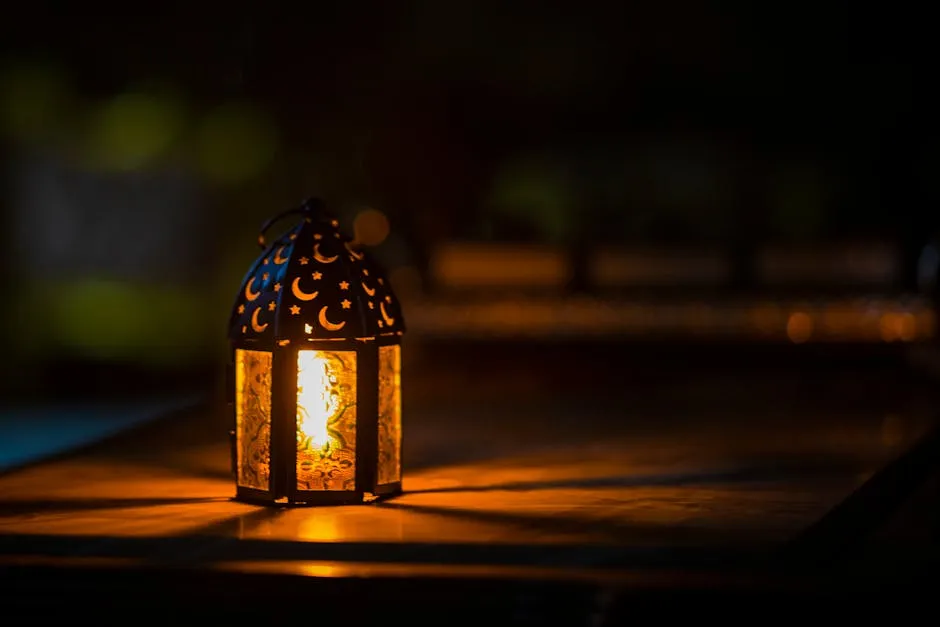
Upcoming Events
Stargazers, brace yourselves for a series of exciting lunar phenomena in the coming months! If you thought tonight’s orange moon was captivating, wait until you experience the supermoons and lunar eclipses on the horizon. Supermoons occur when the moon reaches its closest point to Earth, making it appear larger and more luminous. The next supermoon is just around the corner, promising a breathtaking sight. To make the most of these events, consider downloading the Star Walk 2 – Night Sky Guide App. This app will help you identify stars and constellations, making your stargazing experience even more enjoyable!
Moreover, lunar eclipses offer a spectacular show. When the Earth casts its shadow on the moon, it can take on a reddish hue, often referred to as a “blood moon.” This captivating sight is a must-see for astronomy enthusiasts and casual observers alike. Mark your calendars, as these events don’t happen every day!
With the combination of atmospheric conditions and these celestial happenings, the moon’s appearance will continue to vary. Whether it’s a supermoon illuminating the night sky or a lunar eclipse casting a mysterious glow, each event offers a unique opportunity to witness the beauty of our nearest celestial neighbor. Grab your binoculars, invite your friends, and prepare for unforgettable nights ahead!
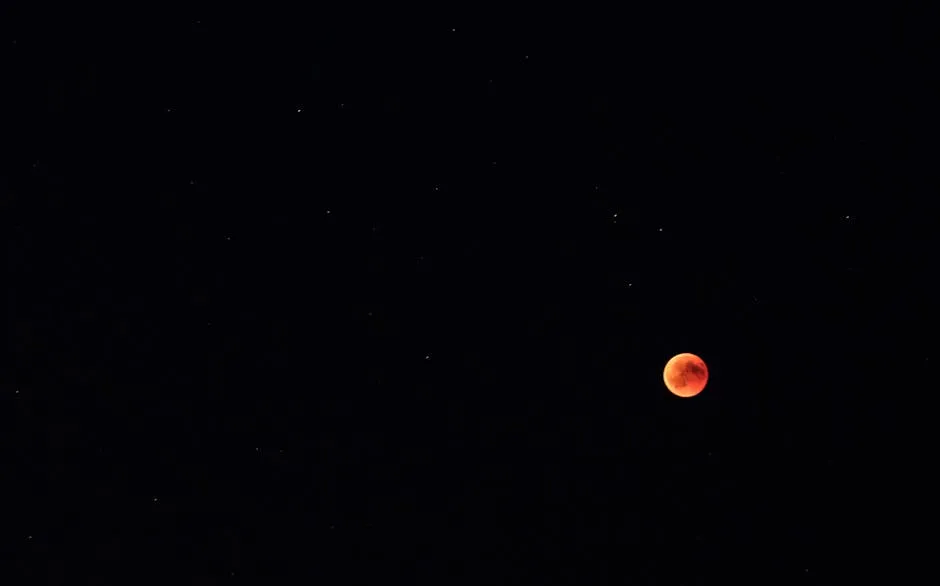
The Moon Illusion: Perception and Reality
Understanding the Moon Illusion
Have you ever stared at the moon and thought, “Wow, that looks enormous!”? Well, you’re not imagining things. This phenomenon is known as the moon illusion. When the moon is close to the horizon, our brains perceive it as larger and more colorful than when it’s high in the sky.
But why does this happen? It boils down to our brain’s interpretation of size and distance. When the moon rises or sets, it’s often framed by trees, buildings, or mountains. These reference points trick our brains into thinking the moon is way bigger than it really is. Without those visual cues, the moon appears smaller and more subdued.
To put it simply, when the moon is low, it plays a size trick on us, making it seem like a giant orange cookie in the sky. This illusion isn’t just a whimsical thought; it’s a perceptual quirk that has baffled scientists and stargazers for centuries. So, the next time you see a big orange moon, remember: your brain is playing tricks on you!
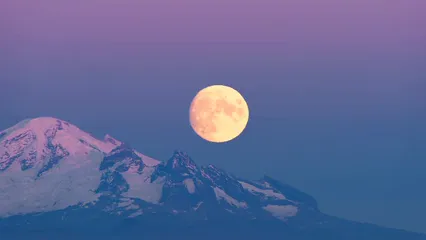
Testing the Moon Illusion
Curious about the moon illusion? Want to see it in action? Here are some fun experiments to try!
- The Camera Trick: Grab your camera or smartphone. Snap a photo of the moon when it’s just above the horizon. Then, wait a while and take another shot when it’s higher in the sky. Compare the two images. Spoiler: the moon’s size won’t change!
- The Hand Method: Extend your arm and see how many fingers it takes to cover the moon when it’s low on the horizon. Then, do the same when the moon is higher. You’ll find that your fingers still cover the moon, proving it’s all in your head!
- Upside-Down Viewing: For a giggle, try looking at the moon between your legs. This goofy perspective can reset your brain’s perception, making the moon appear more normal-sized.
These experiments are not just fun; they highlight how our brains interpret visual information. So, gather your friends and test the moon illusion together! It’s a great way to appreciate the night sky while learning something new about our perception.
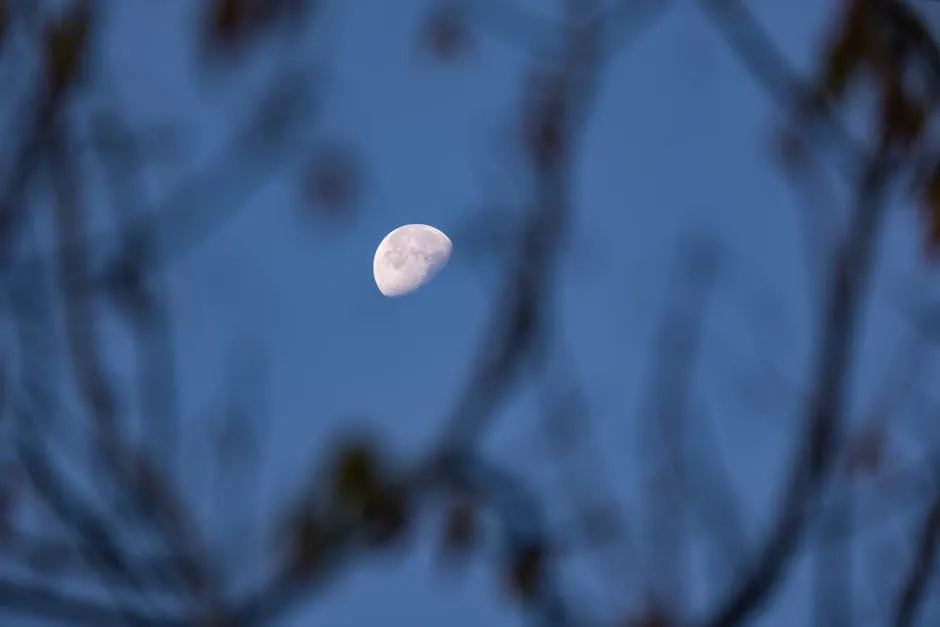
Cultural Interpretations of the Orange Moon
Folklore and Traditions
The orange moon has been a source of fascination across cultures for centuries. Its warm glow often signifies change and celebration, particularly during harvest time. Farmers have long looked to the harvest moon, which typically appears orange, as a guide for gathering crops. This connection to agriculture has made the orange moon a symbol of abundance and prosperity in many traditions. If you’re interested in exploring the stars in more detail, consider the book Night Sky: A Field Guide to the Constellations. It’s a fantastic resource for identifying constellations and understanding the lore behind them!
In various cultures, the orange moon embodies spiritual meanings too. Ancient civilizations often associated different moon phases with deities of fertility and agriculture. The sight of a vibrant orange moon was believed to bring good fortune and a fruitful harvest.
Even in modern times, the orange moon continues to inspire. Social media lights up with photographs and stories, connecting today’s observers to age-old traditions. As people share their experiences, they weave new tales around this celestial event, reminding us of our collective connection to the universe.

The orange moon isn’t just a pretty sight; it carries the weight of history, tradition, and cultural significance. So, next time you spot that glowing orb in the sky, remember the stories it tells and the celebrations it inspires!
Future Lunar Events to Look Forward To
Stargazers, get ready to mark your calendars! The cosmos has some dazzling spectacles coming your way. After tonight’s orange moon, brace yourself for a series of celestial events that promise to be just as breathtaking. Let’s dive into what’s on the astronomical agenda!

Upcoming Supermoons and Eclipses
First up, we have a lineup of supermoons. These occur when the moon is at its closest point to Earth, making it appear larger and brighter. The next supermoon is set to grace our skies on [insert date], followed by another on [insert date]. Supermoons are not just visually stunning; they can also influence tides, leading to higher than usual tidal events. So, if you’re near the coast, prepare for some impressive waves! To keep track of these events, the Sky & Telescope Magazine Subscription is a great way to stay updated on all things astronomy!
And don’t forget about lunar eclipses! The next one will occur on [insert date]. During a lunar eclipse, the Earth passes between the sun and the moon, casting a shadow over our celestial neighbor. This can turn the moon a dramatic shade of red or orange, creating a stunning sight. Known as a “blood moon,” this phenomenon is a must-see for any stargazer. Why do stars twinkle in the night sky
The phenomenon of the “blood moon” is intricately tied to lunar eclipses, which can evoke a sense of wonder and curiosity about the night sky. Why do stars twinkle in the night sky
These events hold significant meaning both scientifically and culturally. Supermoons are a reminder of our moon’s proximity and its gravitational influence on Earth. Meanwhile, lunar eclipses have been steeped in folklore and superstition throughout history. Many cultures celebrate these occasions, believing they bring fortune or transformation.
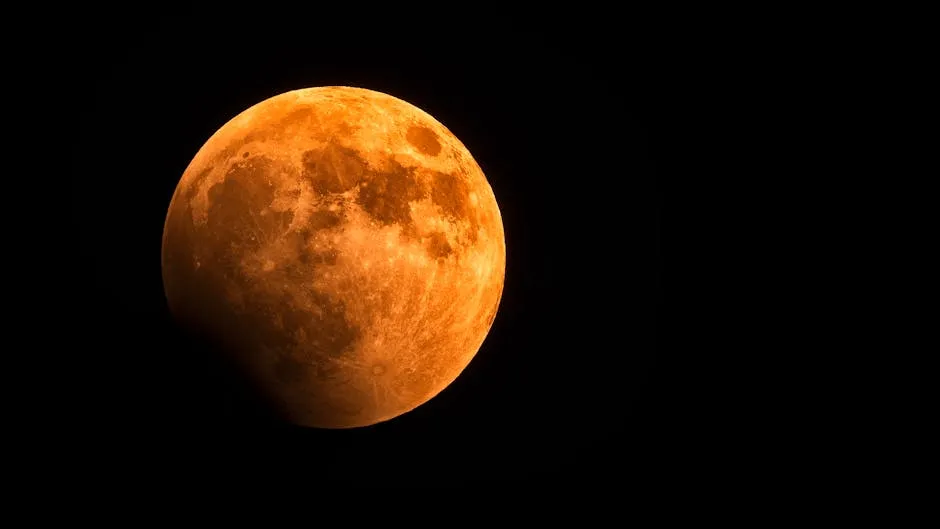
As the dates approach, keep an eye on the weather. A clear sky will provide the best viewing experience. Grab your binoculars, gather your friends, and set up a cozy spot. Whether you’re an amateur astronomer or a casual observer, these upcoming events offer a perfect opportunity to appreciate the beauty of the night sky. Plus, don’t forget to bring along a cozy Outdoor Blanket for Stargazing to keep comfortable while you marvel at the universe!
So, get ready to be awed by the wonders of the universe! The orange moon tonight is just the beginning of a spectacular lunar journey ahead.
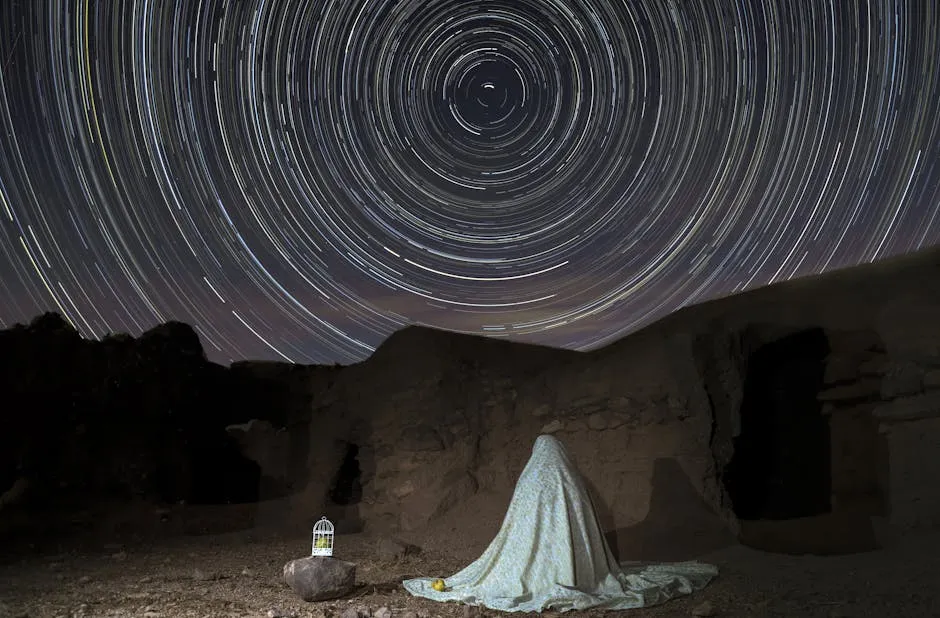
FAQs
Please let us know what you think about our content by leaving a comment down below!
Thank you for reading till here 🙂
All images from Pexels




